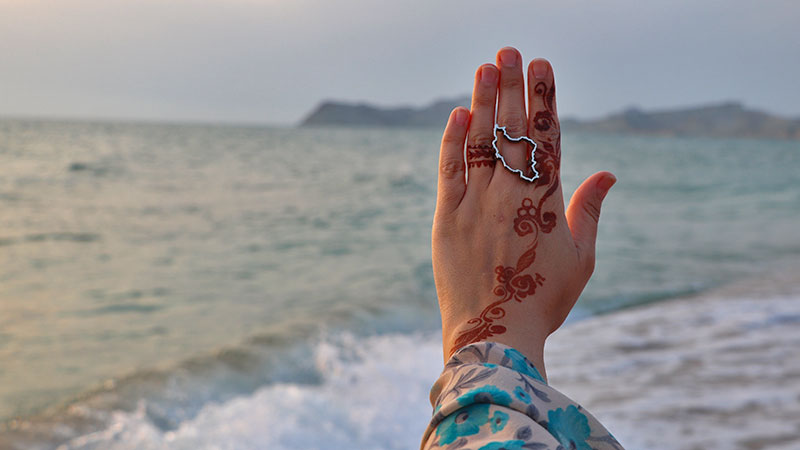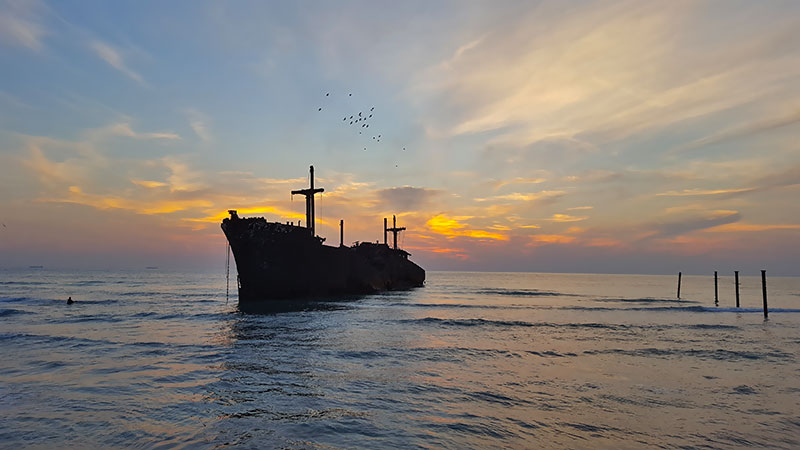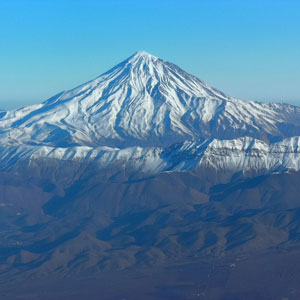 Signin with Google
Signin with Google Signin with Facebook
Signin with Facebook
 Places,History
Places,HistoryPersian Gulf, a Legacy Beyond the Ocean

The story of the one and only “Persian Gulf “
Our story starts with a girl who steps into the warm white sands of a sunny Island in Southern Iran when she finds herself mesmerised by the calmness and tranquillity of The Persian Gulf. The greenish-blue hue of the exotic gulf projects majesty to her. After all, The Persian Gulf is the third-largest gulf in the world, after the Gulf of Mexico and Hudson Bay. Read on the story of the one and the only Persian Gulf.

The third-largest gulf in the world
The Persian Gulf is an extension of the Indian Ocean and positioned in the centre of the Middle East. It separates the Arabian Peninsula from Iran or the land of Persia.
Iran is situated on the north of this coastline. Many small islands lie within this gulf. Kish Island, belonging to Iran, is a major tourist attraction amongst locals and foreigners. Qeshm and the controversial Hormuz are other major Islands along the Persian Gulf, belonging to Iran.

The Persian Gulf intertwined with Persian history
From the main Pearl hub of the world in the Late Stone age to the most significant oil reservoir of modern times, the Persian Gulf and its coastal area are the world’s largest source of crude oil. The oil reserves, as a considerable asset, make this area vulnerable to international tension and conflicts in the region. Once captured and occupied by the Portuguese Empire between 1507 and 1622, there are still remnants of the Portuguese red stone fortress (The Fort of our Lady) on the island of Hormuz. The tropical Hormuz, with its beautiful rainbow, coloured Marco Polo and Ibn Battuta once visited mountains and untouched dry red soil during their adventurous travels.

From the Safavid time to the new era
Historically, the Persian Gulf has been registered under the name of Iranians during the last three thousand years. The Persian Gulf entails symbolic connections, rooted in Iranians’ national identity and pride. The continuous dispute over the historically established name of the Persian Gulf is a matter of conflict between Iran and all the Arab nations in the region. The Persian Gulf is recognised as part of Persian history and heritage, as noted by ancient Greek Geographers, Ptolemy and Strabo. The United Nations has always known and referred to it as The Persian Gulf.

Moreover, During the Safavid era in Iran, Shah Abbas of Persia with the help of the British conquered the Portuguese territories and finally forced them to leave the Persian Gulf. The defeat of the Portuguese reinforced British to recognise the Persian Empire as the sole sovereign of the whole of the Persian Gulf. This victory was mentioned in an article of the Preliminary Treaty of Friendship and Alliance in 1809. This treaty remained a strong framework for the alliance between the Anglo-Persian forces over the next half-century.
By Melika Shahid / TasteIran


